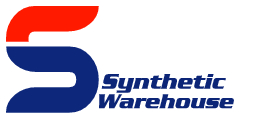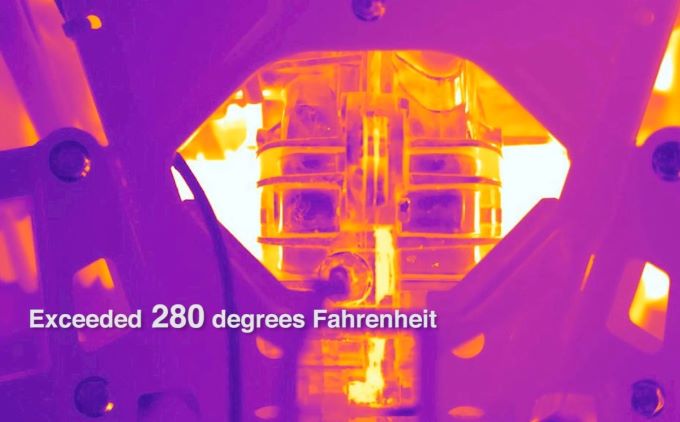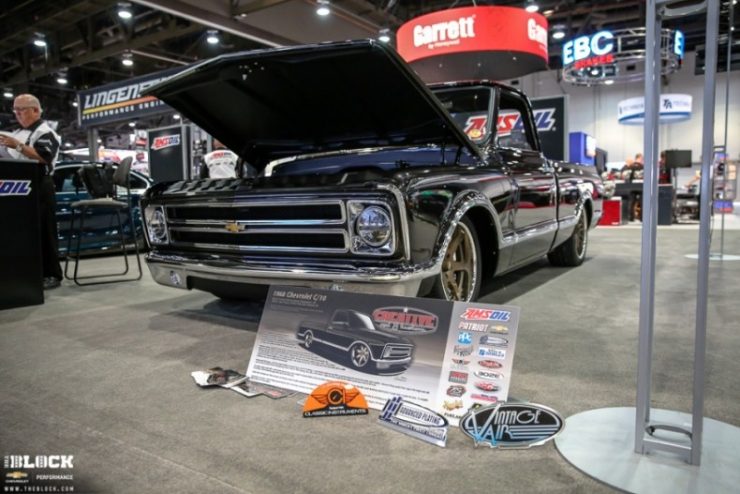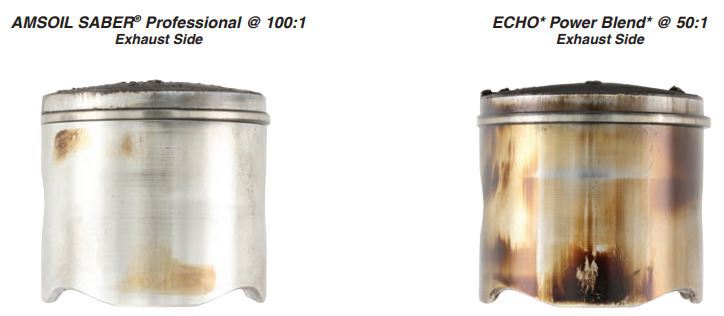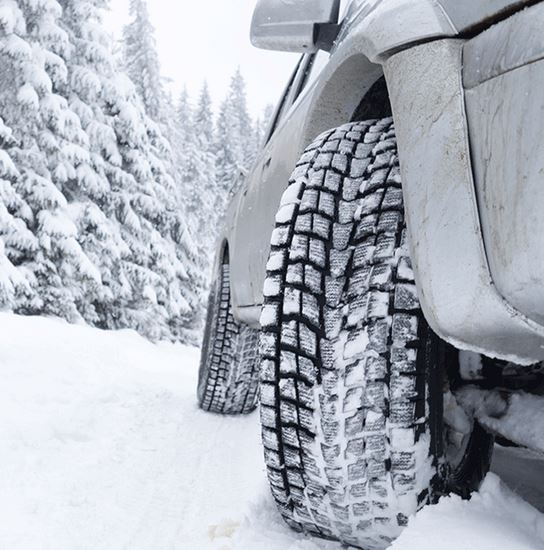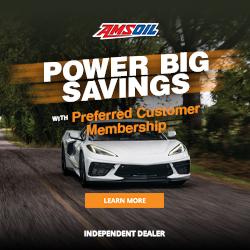Use High-Quality Antifreeze to Guard Against Cooling-System Problems
Antifreeze/coolant is critical to proper engine operation, but it’s often overlooked when performing preventative maintenance. One reason is many motorists simply don’t understand the importance of a properly functioning cooling system to maximum engine performance. Another reason is the confusion surrounding the different “colors” of coolants on the market and the problems that result from mixing incompatible coolants.
What is Antifreeze/Coolant?
Like motor oil, antifreeze/coolant consists of a base component mixed with additives. The base, either ethylene glycol (EG) or propylene glycol (PG), helps lower the freeze point of water to protect the engine during winter while raising the boiling point of water to help prevent engine overheating in the summer.
- Ethylene Glycol is the more common of the two. Compared to PG at a similar mix ratio, it offers a slightly better freeze point and heat-transfer ability. Plus, it’s less expensive.
- Propylene Glycol is biodegradable and features low toxicity, making it safer for use around children, pets and wildlife. Some racetracks and off-road parks require PG formulations.
Of course, antifreeze/coolant must provide more than just freeze and boil protection. It also must guard against corrosion, cavitation, scaling and additive drop-out, and it’s up to the additives to achieve these tasks. There are basically three categories of additives, and any of them can be blended with the two glycols mentioned above.
Antifreeze/Coolant Additive Types
- Inorganic salts, such as nitrites, phosphates and silicates, are used in the “green” conventional coolants traditionally found at most retailers due to their low price. Conventional additives work by forming a protective layer on metal cooling-system components, helping prevent corrosion. Because these additives are depleted by forming a protective layer, conventional green coolants require regular changes, typically every two years. They are on the environmental watch list (just like nitrates) and, once depleted, are the source of common cooling-system problems, like scale deposits. They can also be incompatible with each other, sometimes leading to drop-out in the form of an abrasive or slime. For these reasons, most vehicle manufacturers have moved away from inorganic salts for newer vehicles.
- Organic acids, often referred to as OATs (organic-acid technology) or POATs (poly-organic-acid technology), are much more robust and longer-lasting. Unlike organic acids that coat metal surfaces, organic acids provide corrosion protection by chemically interacting at the metallic corrosion sites. They’re only used when needed, meaning they last much longer. They virtually eliminate drop-out, scaling and compatibility issues inherent to inorganic salts. This type of coolant can be used in a wide variety of applications, even mixing with other coolants as a top-off.
- Hybrid-organic-acid technology, often called HOATs, is a combination of inorganic salts and organic acids. They work in tandem to minimize some of the issues with inorganic salts while relying on the organic acids to boost performance.
Incompatibility of Inorganic Salts Causes Problems
As mentioned, mixing coolant types that contain inorganic salts can alter the formulation enough to reduce protection. This can reduce the service life of both the coolant and the cooling-system components, leading to the following maintenance issues:
- Corrosion of metals in the cooling system, which can lead to failure of the water pump, heater core, radiator and other components.
- Scale deposits can form on metal parts, which reduces heat-transfer ability and contributes to overheating.
- Additive drop-out, which can occur when incompatible inorganic salts are mixed. An abrasive or slime forms and is deposited throughout the cooling system, leading to poor performance and eventual failure.
- Cavitation, or the erosion/corrosion of the cylinder liner, can occur if the coolant provides insufficient protection. Cavitation often results in internal coolant leaks, which can lead to engine failure.
Many of the issues outlined here can be resisted or prevented completely by using antifreeze/coolants with organic-acid technology. While all coolants that pass relevant industry-standard testing provide a minimum level of protection, a properly formulated coolant using organic-acid technology provides the longest-lasting and best protection without the incompatibility issues that come with the inorganic salts found in “green” and hybrid coolants.
Water Quality Critical to Performance
Low-quality or hard water is a leading cause of cooling-system problems. Minerals found in hard water, including magnesium and calcium, react with inorganic salts, like phosphates, found in conventional and hybrid coolants. The byproducts form scale deposits on engine surfaces, reducing heat-transfer ability and contributing to damaging corrosion. For best performance, use only high-quality distilled water when mixing coolant. For maximum convenience, use a coolant pre-mixed with high-purity water.
AMSOIL Antifreeze/Coolants
AMSOIL offers three coolants, all of which offer a unique blend of organic acids. AMSOIL uses di-acid technology, which means both ends of the organic acid are active. This makes them work faster and form stronger bonds for enhanced protection.
AMSOIL Passenger Car & Light Truck Antifreeze & Coolant is formulated for all passenger cars and light trucks. It is premixed 50/50 with high-quality water and EG.
AMSOIL Heavy-Duty Antifreeze & Coolant is dialed in for the unique needs of on- and off-road heavy-duty applications. It is also premixed 50/50 with high-quality water and EG.
AMSOIL Low Toxicity Antifreeze and Engine Coolant is a 100-percent concentrate PG formulation for situations that call for a low-toxicity solution

